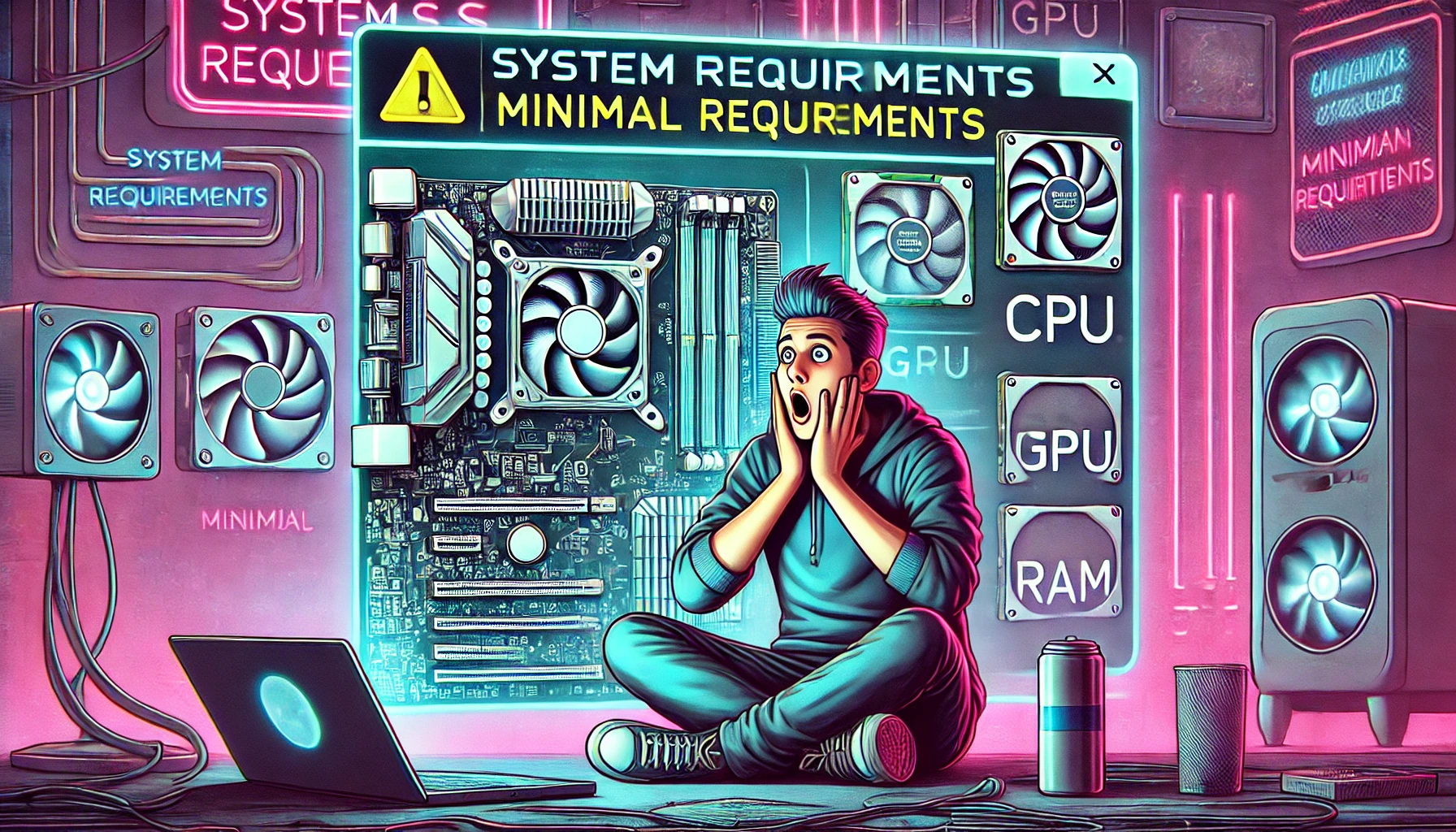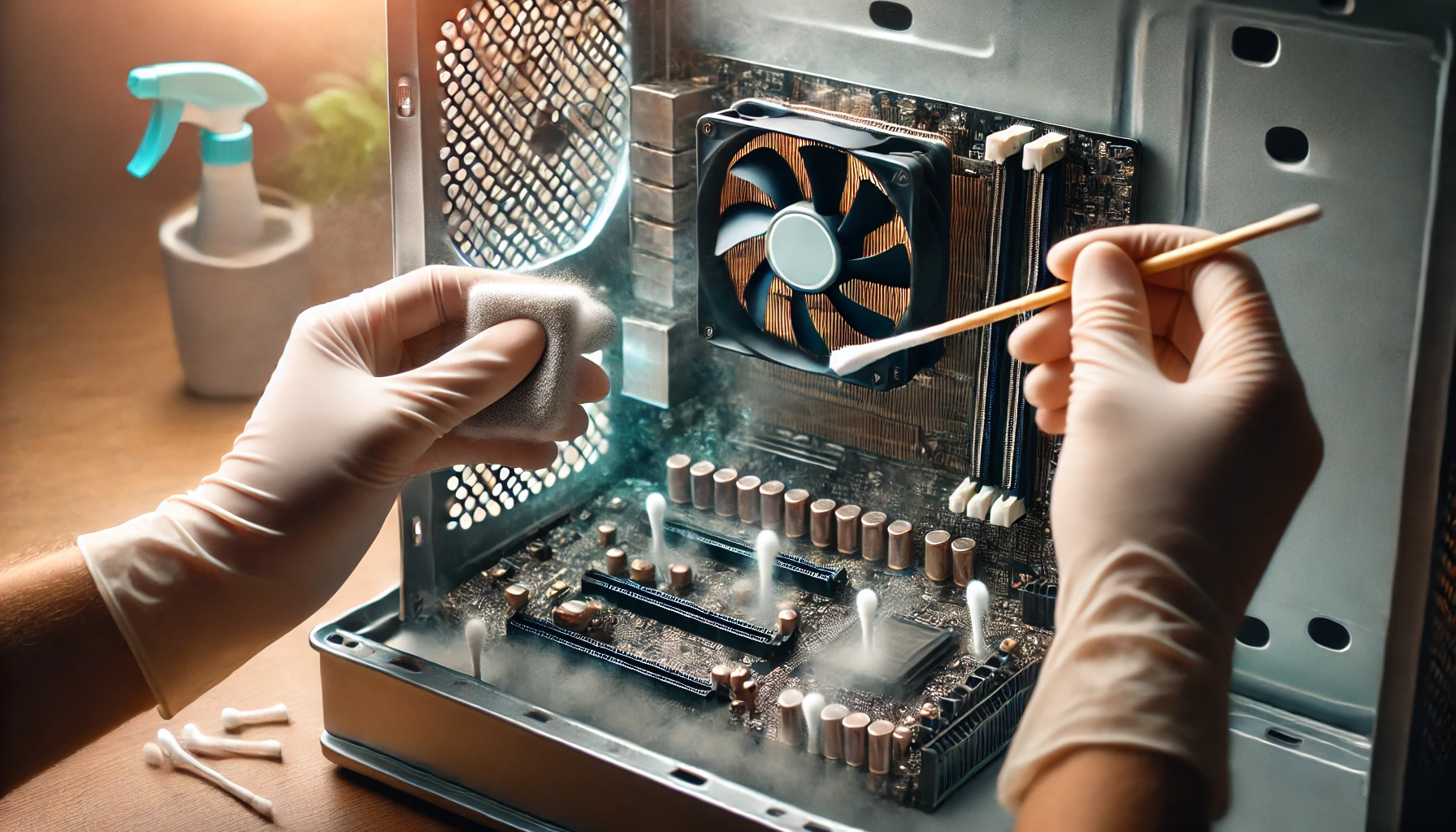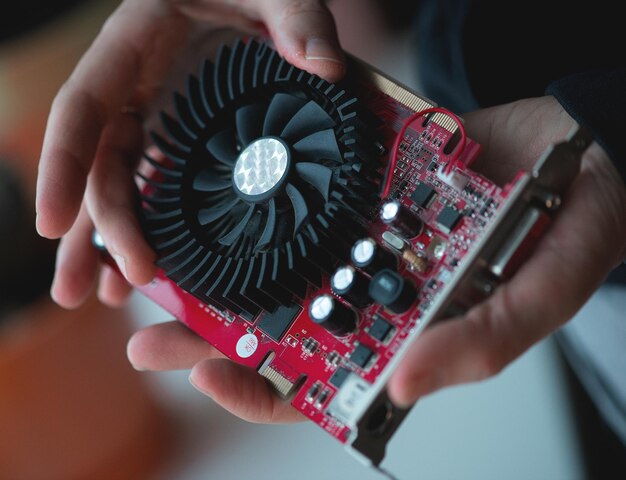Introduction
When you see your CPU parts in minimal requirements for a game or software, it can be concerning. You might wonder if your system will perform smoothly or if you need an upgrade. Understanding how to evaluate your CPU against these requirements can help you make informed decisions. In this guide, we’ll explore ways to check compatibility, optimize performance, and find solutions if your CPU doesn’t meet the minimum requirements.
Understanding Minimum System Requirements
What Does ‘Minimum Requirements’ Mean?
Minimum system requirements indicate the lowest hardware specifications needed to run a game or software. If your CPU falls below these requirements, you may experience slow performance, crashes, or incompatibility issues.
Why Are These Requirements Important?
Game and software developers set these requirements to ensure smooth functionality. Running an application on hardware below the minimum can lead to frequent lag, overheating, and an overall poor experience.
How to Check If Your CPU Meets the Minimum Requirements
Using Built-in Windows Tools (DxDiag & System Info)
To check if your CPU meets the minimum system requirements:
- Use DxDiag (DirectX Diagnostic Tool):
- Press Win + R, type dxdiag, and press Enter.
- Check the Processor and Memory details under the System tab.
- Use System Information:
- Press Win + R, type msinfo32, and press Enter.
- Look for Processor details.
Online Compatibility Checkers
Websites like Can You Run It and PCGameBenchmark allow you to compare your CPU against the minimum system requirements. Simply enter your game/software name and check the results.

What If Your CPU Falls Below the Minimum Requirements?
Performance Optimization Tips
Even if your CPU doesn’t fully meet the requirements, you can improve performance by:
- Lowering graphical settings to reduce CPU workload.
- Closing background applications to free up processing power.
- Updating drivers and software to ensure better compatibility.
- Using Game Mode on Windows to allocate more resources to your game.
Upgrading Your CPU – Is It Necessary?
If your CPU significantly lags, upgrading might be a good option. Consider:
- Checking motherboard compatibility before purchasing a new CPU.
- Upgrading other components like RAM and GPU, which may improve performance without changing the CPU.
- Using cloud gaming services as an alternative to hardware upgrades.
Alternative Solutions
- Overclocking your CPU (if supported) to boost performance.
- External GPUs (eGPU) for laptops with weak processors.
- Reducing resolution and graphics settings to lower CPU demand.
Best Practices to Ensure Smooth Performance
Keeping Your System Updated
- Regularly update Windows, drivers, and firmware.
- Install the latest DirectX and Visual C++ Redistributables.
Balancing Performance and Hardware Limitations
- Use an SSD instead of HDD to speed up processing.
- Enable hardware acceleration in software that supports it.
- Ensure proper cooling to prevent CPU throttling.
Conclusion – How to Make the Most of Your Hardware?
When you see your CPU parts in minimal requirements, it doesn’t always mean you need an upgrade. By optimizing settings, keeping software updated, and considering alternative solutions, you can still achieve a smooth experience. However, if performance issues persist, upgrading your CPU or other components may be the best long-term solution.




